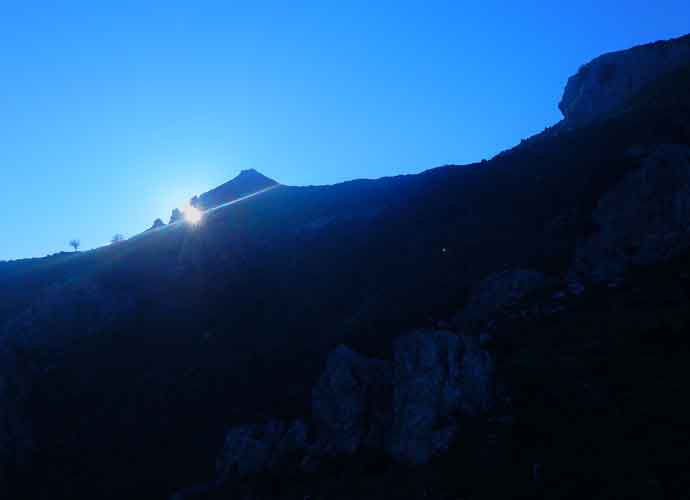What Is The Fall Equinox?
On Saturday, we enter into our second equinox of 2018. If you’re in the Northern Hemisphere, it’s the start of fall. For people in the south, it brings spring.
Around the equator, people tend to get a 12 hour split of day and night each day of the year. However, everyone else doesn’t. Unless it’s an equinox. Then everyone from pole to pole gets a 12/12 split of day and night.
In 2018, the equoniox falls on September 22 and is at it’s peak at 9:54 EST. Because Earth rotates along it’s axi we have day and night. According to NASA, the axis tilts at 23.5 degrees. That makes one hemisphere of the planet get more sunlight than the other for half of the year until the orbit changes. That difference is what makes seasons.The effect is at its strongest in late June and late December. Those are the solstices, with the biggest differences between day and night, especially near the poles. That’s why it stays bright for so long during the summer in Scandinavia or why parts of the world have 23 hours of sunlight at times.
Since the summer solstice in June, days have been getting shorter in the Northern Hemisphere and the nights longer for the past three months. The reverse has happened over in the Southern Hemisphere.
But, it isn’t an exactly equal 12/12 split. According to the U.S. National Weather Service, the length of the day will vary a little based on where you are. At the equator, you’ll get 12 hours and six minutes of sunlight. At 30 degrees latitude, in places like Austin, Texas, the day’s 12 hours and eight minutes. At 60 degrees latitude, in Quebec, Canada, there’s 12 hours and 16 minutes of sunlight.
RELATED ARTICLES
Get the most-revealing celebrity conversations with the uInterview podcast!






Leave a comment